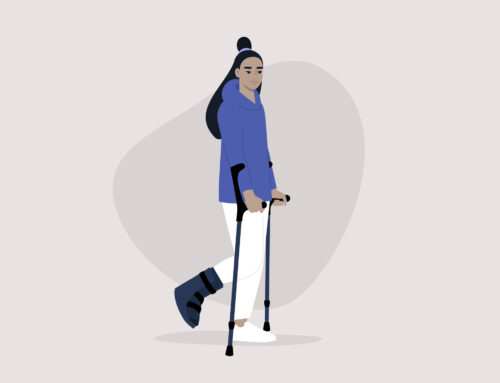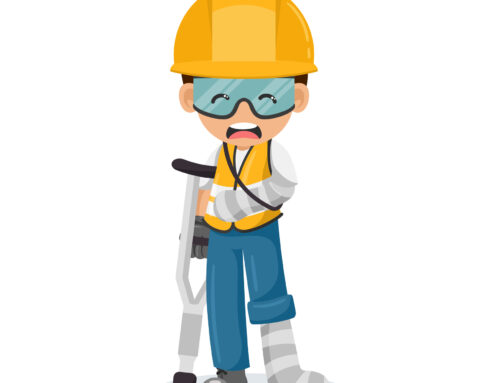The Difficult Conversation about Inappropriate Attire
Shawnee Love • October 25, 2019
I am kicking off a series on difficult conversations with one that comes up almost weekly in our world- appropriate attire at work. Although as you might guess, we get the call when the attire is inappropriate.
I am not referring to lack of personal protective equipment or missing coveralls or lab coats although those might qualify as inappropriate attire too. Rather, I am talking about clothing which doesn’t fit the situation, the job, the culture, the industry, the working world in general, or let’s be honest, the person.
Appropriate clothing differs by workplace and what is acceptable in one might not be allowed in another. That’s why its really important to be up front with candidates and employees on what works for your organization. If you truly don’t care, say so. But if you care, be honest and clear about what you expect. Put it in your policies and train your staff in your standards. Pictures help because “business casual” is different in every business! Having a clear guide for what is acceptable helps too, because if you do have to have a difficult conversation about clothing, you can talk about it in terms of what the employee has already been told. The conversation becomes a lot harder if you haven’t been clear about your expectations because people like their style and telling them something they are wearing isn’t appropriate can be misinterpreted as a personal critique. Throw in the male / female “me too” drama that exists and its no wonder managers find clothing to be an extremely difficult conversation.
At the same time, if you don’t address inappropriate clothing you are risking far more. Your organization’s branding or reputation may be at stake along with your work environment and relationships among employees and with customers. Consider clothing which is unacceptable by virtue of:
- Place and time such as wearing yoga pants or gym gear to a job not in a gym, wearing an cocktail dress to a manufacturing facility, or wearing jeans and tank top when the office,
- Sloppiness (e.g., skater boy pants hanging down to the thighs in an office),
- Logo/ graphics on the clothes which are rude, obnoxious or highly polarizing,
- Lack of fit (which can be when clothing hangs off the body or when the body hangs out of the clothes).
- Style and organizational culture including:
- Too revealing, think low tops, high slits, short skirts or shorts, backless or strapless tops, sheer, undergarments or lack thereof showing, etc.,
- Not aligned with the “corporate uniform” (think blue suits at IBM), and
- Not aligned with the vibe of the organization (e.g., wearing a suit when everyone else is in goth).
Fortunately, the earlier you address these types of issues with an employee, the greater the likelihood of a successful resolution. Therefore, to have a difficult conversation about clothing, I encourage you to:
- Start with clarifying what the clothing expectations are first (whether the person should be or is aware of the “rules” or not).
- Next, explain why those guidelines are in place.
- Then, ensure the employee knows how s/he fell short of meeting your expectations.
- Finally, talk about the correction necessary and how the employee can go about it. E.g., does the person need to go home and get changed or wear something different in future? Does the person need time to buy new clothing? Etc.
This kind of coaching can be great education for your employee into the culture of the organization as well as a career development conversation if the employee truly doesn’t understand the image being conveyed with their clothing.
One final but very important tip is that it helps to prepare by thinking through what you want to say and perhaps even saying it out loud so you can reflect on how you would feel if someone said that to you.
Any questions about these and other difficult conversations, we are here to help!





